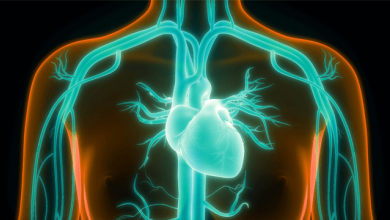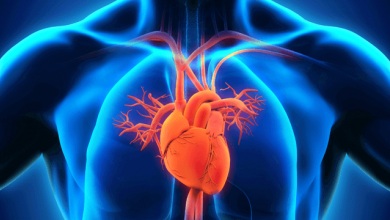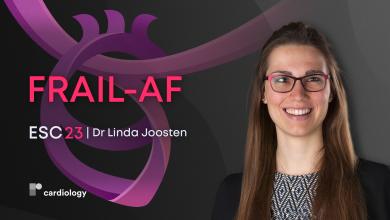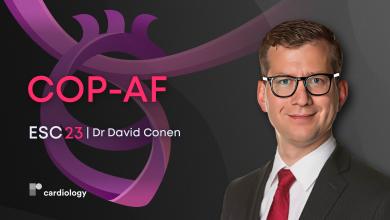Search results
Left Atrial Appendage Closure Devices for Stroke Prevention in Patients with Non-Valvular AF
Author(s):
Daniel A McBride
,
Timothy M Markman
,
Jackson J Liang
,
et al
Added:
3 years ago
Article
Author(s):
Raymond B Fohtung
,
Michael W Rich
Added:
3 years ago
Atrial fibrillation (AF) is the most common clinically significant arrhythmia, with an overall prevalence of approximately 1 % in the general population.1 An estimated 2.3 million adults in the US have AF, and this number is projected to increase to 5.6 million by 2050.1 The most clinically important complication from AF lies in the risk for cardiac thrombus formation and systemic embolism…
View more
Author(s):
Praveen Rao
,
Olusegun Olusesi
,
Mitchell Faddis
Added:
3 years ago
It is presumed that the pathogenesis of stroke in atrial fibrillation (AF) patients is due to embolization of thrombus from the left atrium. Within the left atrium, the left atrial appendage is the predominant site of thrombus formation. In a study of 233 patients with new onset AF of greater than 48 hours in duration who were not anticoagulated, left atrial appendage thrombus was present in 15 %…
View more
Author(s):
Stefan H Hohnloser
Added:
3 years ago
Atrial fibrillation (AF) is the most common cardiac arrhythmia, and is associated with a five-fold increase in the risk of stroke and embolism.1 Oral anticoagulation (OAC) with warfarin reduces stroke by two-thirds compared with no treatment.1–3 Compared with aspirin, OAC reduces the risk of stroke by 45% and reduces cardiovascular events by 29%.4 However, it increases the risk of major bleeding…
View more
Author(s):
Robert Barcelona
Added:
1 year ago
Author(s):
A Bajpai
,
A John Camm
,
I Savelieva
Added:
3 years ago
Atrial fibrillation (AF) is the most common sustained cardiac arrhythmia and is characterized by unco-ordinated atrial activation with consequent loss of atrial mechanical function. In developed nations, the number of men and women affected by AF is projected to more than double over the next two decades. Despite major advances in its management, AF remains a significant cause of cardiovascular…
View more
Interventional Echocardiography
Author(s):
Roy Arjoon
,
Ashley Brogan
,
Lissa Sugeng
Added:
3 years ago
Article
Author(s):
Linda Joosten
Added:
7 months ago
ESC 2023 — Dr Linda Joosten (Julius Center for Health Sciences and Primary Care, NL) joins us to discuss the findings of the FRAIL-AF trial.
FRAIL-AF is a multicentre, open-label randomised controlled clinical trial which studied frail elderly patients who receive vitamin K antagonist (VKA) treatment for atrial fibrillation (AF). Current clinical guidelines recommend non-vitamin K antagonists …
View more
ESC 23: COP-AF Trial
Author(s):
David Conen
Added:
7 months ago
Video














